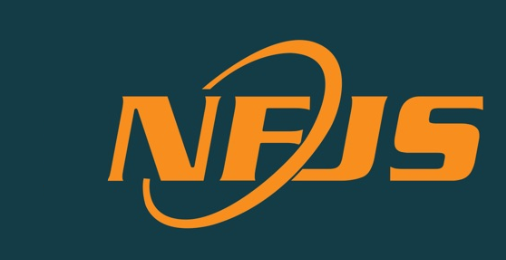
Oct
Dallas, TX
NFJS 2021 Live Tour (with Virtual Option)
Lone Star Software Symposium: Dallas
The Definitive Conference Series for Software Developers and Architects
![]()

O’Reilly Live Online Training
03 Sep, 2020
14:00 UTC
O’Reilly Subscription
Out of the box, Kubernetes is a strong platform for running and coordinating large collections of services, containers, and applications. Kubernetes does lack full observability and network meshing solutions, but because of its extensibility, observability and meshing can be added on top.
You’ll first look at the three pillars of observability: logging, tracing, and metrics. You’ll discover common observability techniques and tools. With measuring techniques in mind, you’ll further consider the pros and cons of adding meshing to your cluster.
Istio is an open, platform-independent service mesh that manages communications between services transparently. With the 8 fallacies of distributed computing, Istio provides solutions to reduce the risks of distributed computing by managing:
A mixture of concepts, terminology with hands-on examples will help you understand how and why observability and meshing techniques are applied to Kubernetes.

Distributed application architectures are hard. The complexity in building containers and designing microservices to work together across a network can be overwhelming. To successfully manage limitations on resources, failing networks, defective software, and fluctuating traffic, you need an orchestrator.
Kubernetes is designed to handle these complexities, so you don’t have to. Essentially a distributed operating system for your data center, you give Kubernetes containers, and it makes sure that they remain available and responsive. As such, Kubernetes is quickly becoming the preferred way to serve distributed, scalable, and resilient applications.
Jonathan Johnson walks you through Kubernetes building blocks to demonstrate how the tool actually works. You may already understand containers—the tricky part is getting a whole set of containers and services to consistently work together and run reliably. In this three-part series, you’ll get comfortable designing, deploying, managing, and updating a coordinated set of applications running on Kubernetes.
Although you can attend any of the three courses individually, we recommend pursuing the entire series, in this order: Week 1: Getting Started with Kubernetes—Introduction, terminology, architecture, and first apps Week 2: Containers and Microservices—Packaging and running apps Week 3: Applications and Patterns—Patterns for apps leveraging Kubernetes
